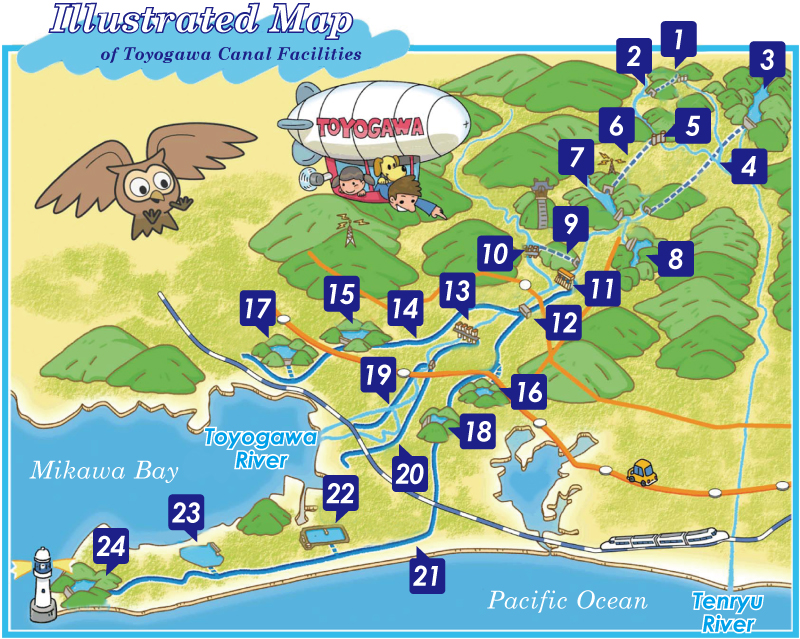Toyogawa Canal-50th Anniversary of Water Transmission
19 April, 2019
Toyogawa Canal has been transmitting water for over 50 years since 1968 and supports the development of East Mikawa Region of Aichi Prefecture and Kosai City of Shizuoka Prefecture.
The Lifestyle before the Toyogawa Canal Project
As East Mikawa Region and Kosai City did not have a large river nearby, their residents had hard time farming and leading daily lives due to water shortage.
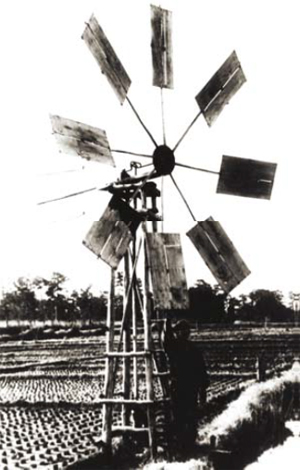
A windmill used for water lifting in Atsumi Town
[Photo presented by Mr. Osamu Kiyota, Atsumi Town (the current Tahara City)]
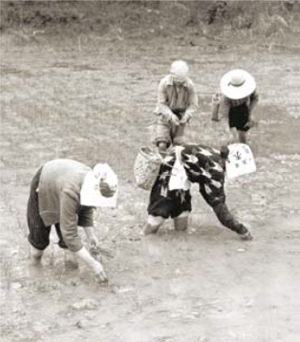
Rice planting
[Photo presented by Mr. Osamu Kiyota, Atsumi Town (the current Tahara City)]
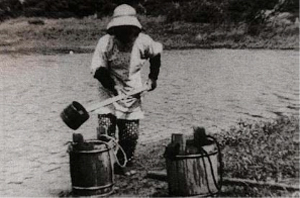
Irrigation water needed to be carried by pail from a nearby reservoir.
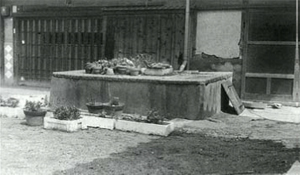
Rainwater was collected and used for daily lives.
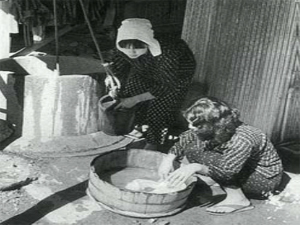
Water drawn from a well was used for washing at home
Toyogawa Canal began its operations in 1968
Mr. Juichiro Kondo* born in Takamatsu Village (the current Tahara City), Aichi Prefecture came up with the concept of Toyogawa Canal inspired by the irrigation project in Indonesia in 1927.
The Toyogawa Canal Project started in 1949. In June of 1968 after a long construction period and hardship of the people involved, the canal finally started water transmission to fulfill the long-awaited desire of the local people.
*Held several positions as an Aichi prefectural assembly member, member of House of Representatives, and Toyohashi City mayor.
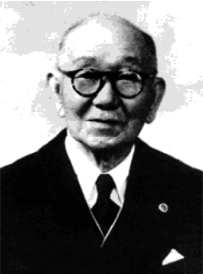
Mr. Juichiro Kondo
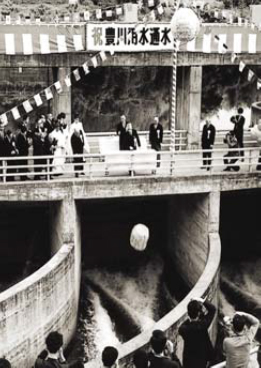
Water transmission commencement ceremony held at Ohno Head Works
(Photo: presented by Mr. Yasuto Toda, Toyohashi City)
Irrigation Water
Since the start of water transmission through Toyogawa Canal, agriculture in East Mikawa Region made a tremendous development with greenhouse horticulture as a core business and this region has become a leading agricultural production area in Japan.
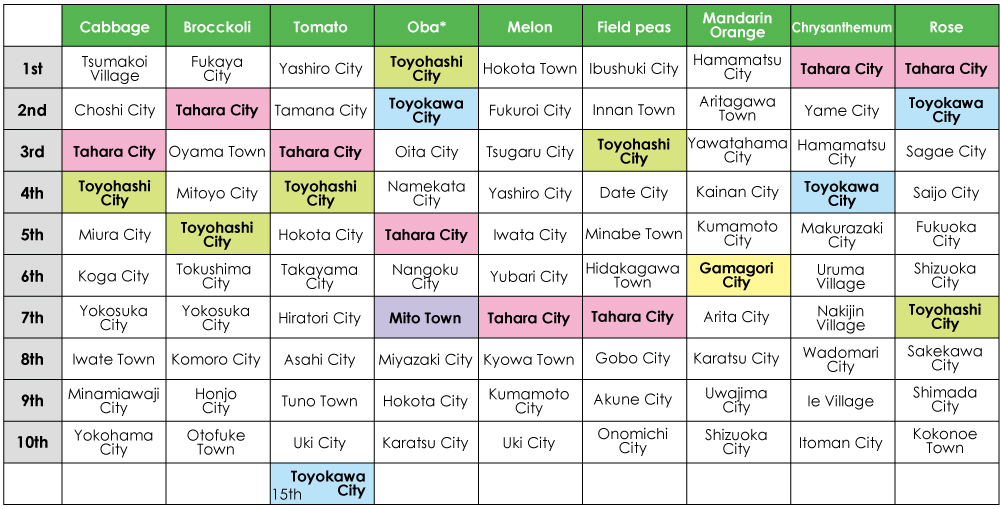
Rankings of municipalities for agricultural output amount of major items
- Oba*
- a beefsteak plant
- Source
- Statistics of sum of income by agricultural output (as of 2006)
Toyokawa City includes the former Toyokawa City and Ichinomiya Town, both of which merged into new Toyokawa City as of 1 Feb, 2006.
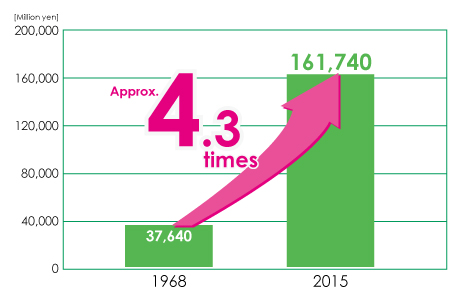
Transition of agricultural output amount
Domestic Water
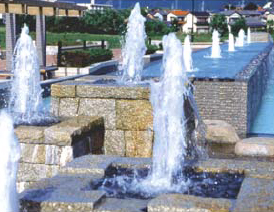
As domestic water supply has become stable, 100% of the current demand of domestic water for Gamagori City is provided through Toyogawa Canal.
- Water supplied population: approx. 730,000 (as of 2014)
- Approx. 70% of domestic water for the population of 730,000 is supplied through the canal. (Now one of the lifelines of the locality)
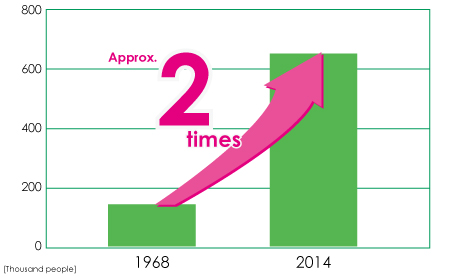
Change of prefectural domestic water supplied population
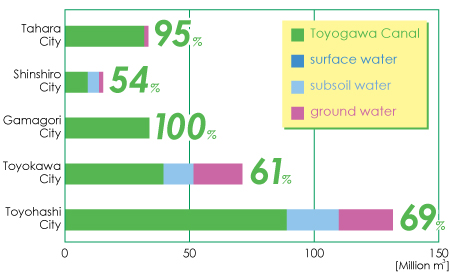
Water sources of related cities
Percentages shown on the chart is the dependence rate on Toyogawa Canal
Industrial Water
Since abundant water for industrial use from Toyogawa Canal became available, many factories moved into East Mikawa Region and Kosai City and industrial parks were developed.
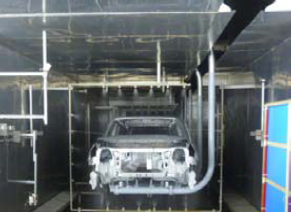
(Photo presented by: Tahara Factory of Toyota Motors)
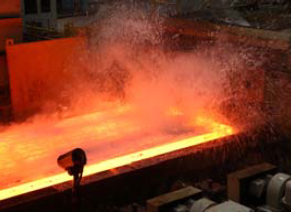
(Photo presented by: Tahara Factory of Tokyo Steel)
Manufactured item shipment amount as of 2014
- Nation's Total
- approx. 305 Trillion yen
- Total shipment from Toyo River System
- approx. 6.1 trillion yen
- Total shipment from Aichi Prefecture
- approx. 44 trillion yen (1st place out of a total of 47 pref.)
- Total shipment from Shizuoka Prefecture
- approx. 16 trillion yen (4th place out of a total of 47 pref.)
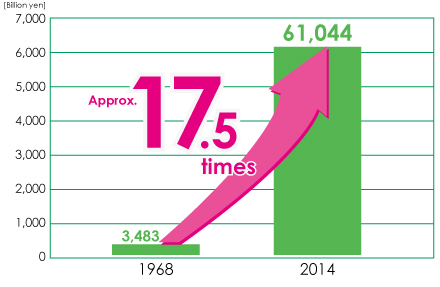
Change of manufactured item shipment amount
Guide to Toyogawa Canal Facilities
The rainwater fallen on the mountains in Okumikawa (Deep Mikawa) Region is stored in Ure and Oshima dam reservoirs. The released water from these dams flows down and is taken at head works located below the dams, and delivered to East Mikawa Region of Aichi Prefecture and Kosai City of Shizuoka Prefecture through Toyogawa Canal. To use limited water resources effectively, the storage water at the said dams is delivered to the tip of Atsumi Peninsula about 100km downstream in a day through many water management facilities like, head works, regulating reservoirs, main canals, lateral canals, pumping stations, and so on.
During the past five decades since the start of water transmission in 1968, Toyogawa Canal has become the essential facility to provide its benefitted area with needed water to support the lives of local people.
There are many tourist attractions in the benefitted area of Toyogawa Canal including nice restaurants and food joints featuring various local fresh agricultural produce grown with the water from the canal.
So would you like to visit this attractive region and learn how Toyogawa Canal actually works together with its history?
- Ohnyu Headworks
- Ohnyu Water Intake Facilities (Ohnyu Link Canal)
- Sakuma Dam
- Sakuma Water Intake Facilities (Sakuma Link Canal)
- Furikusa Headworks
- Furikusa Water Intake Facilities (Furikusa Link Canal)
- Ure Dam
- Oshima Dam
- Kansagawa Water Intake Facilities (Kansagawa Link Canal)
- Kansagawa Headworks
- Ohno Headworks
- Tozai Diversion (Eastern and Western Diversion)
- Muro-Matsubara Headworks
- Western Main Canal
- Komanba Pond
- Ohara Regulating Reservoir
- Gamagori Regulating Reservoir
- Mitsukuchi Pond
- Matsubara Main Canal
- Muro Main Canal
- Eastern Main Canal
- Banba Regulating Reservoir
- Ashigaike Regulating Reservoir
- Hatsutachi Pond







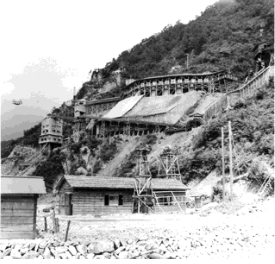
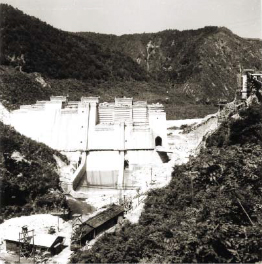



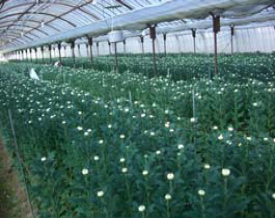
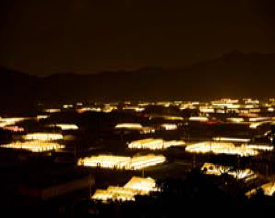
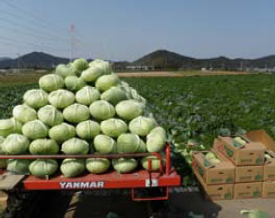
 As domestic water supply has become stable, 100% of the current demand of domestic water for Gamagori City is provided through Toyogawa Canal.
As domestic water supply has become stable, 100% of the current demand of domestic water for Gamagori City is provided through Toyogawa Canal.





